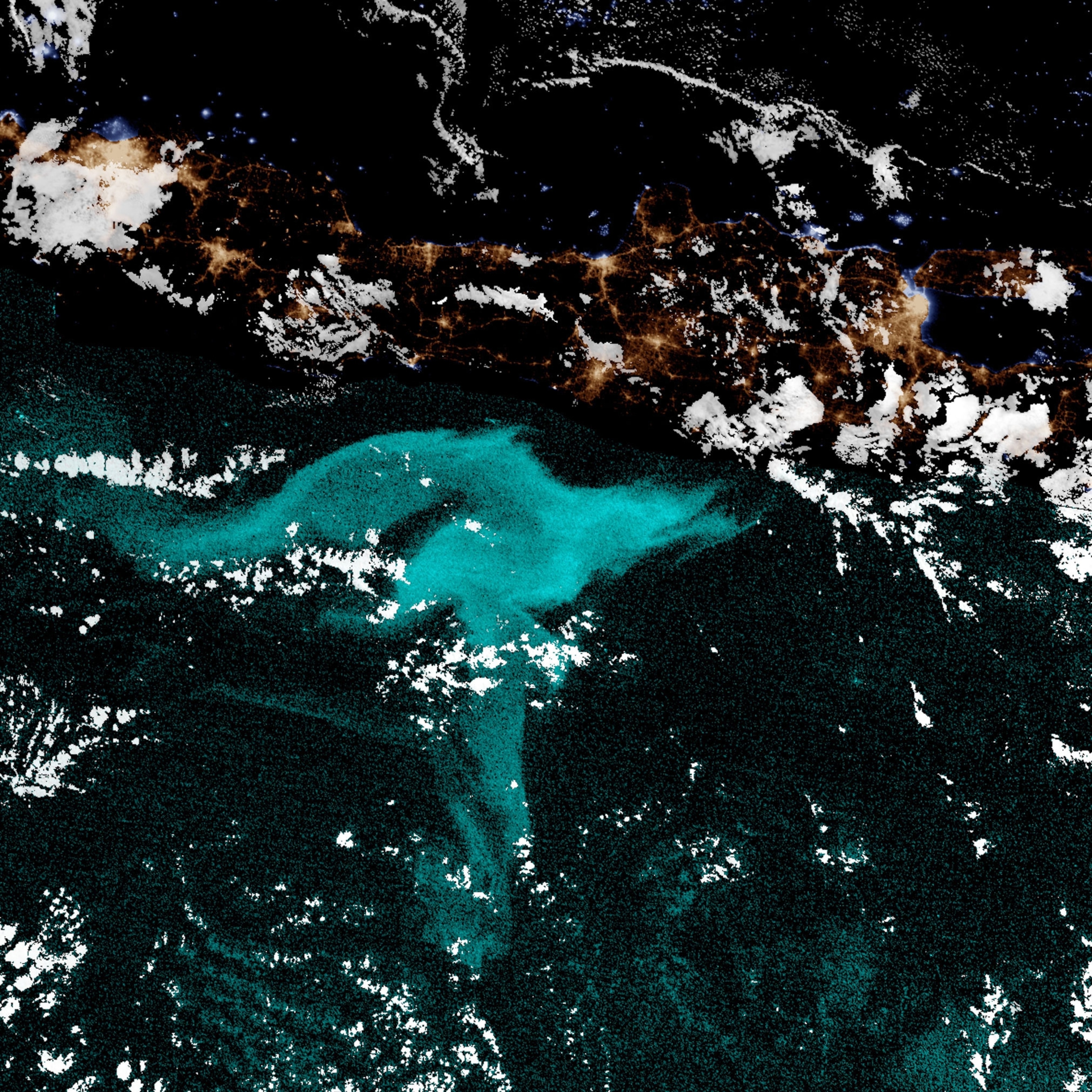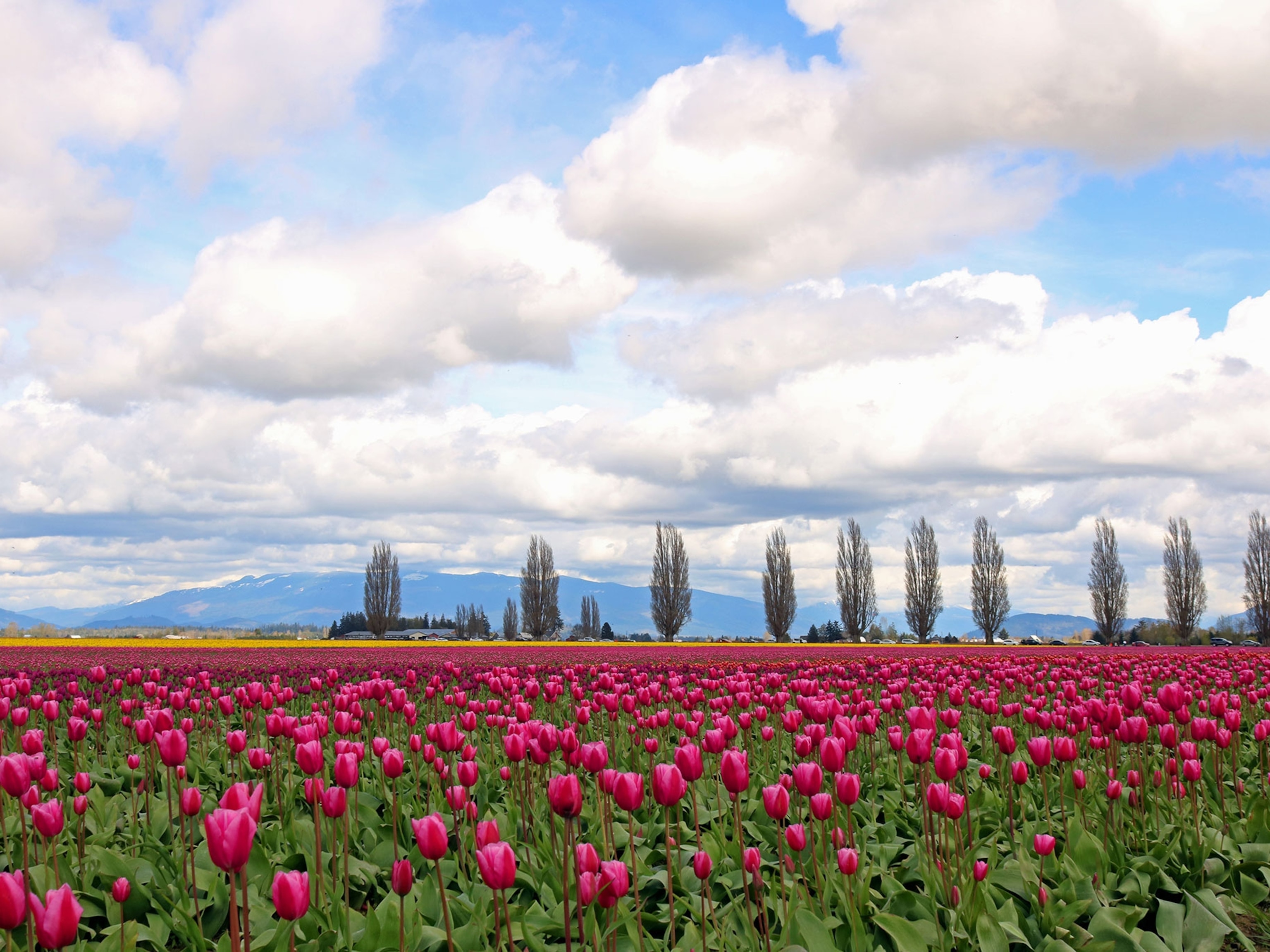Explore the vast wilderness of south-central Colorado’s rugged backcountry
National Geographic Photographer Keith Ladzinski goes off-grid in the Centennial State to rediscover this unique region.

Soaring peaks, sprawling sand dunes, and small ranch towns define the region of south-central Colorado and the San Luis Valley—one of the world’s largest alpine valleys—making it a natural launchpad for outdoor adventures like off-roading, backpacking, rock climbing, and backcountry hiking. The valley's beauty and nature also make it an ideal location for photographers looking for an off-the-beaten-path experience.
Colorad-raised National Geographic Photographer Keith Ladzinski was looking for just that. While his work documenting natural history and adventure sports takes him to the farthest reaches of the world, he loves getting back to his roots to uncover something new in unexpected places. For this assignment, he embarked on a trip from northern Colorado to the San Luis Valley to seek out rich culture, outdoor recreation, and the thrill of the open road.
I find a new nook, a new cranny. Every time I go down there, I discover a new piece of the San Luis Valley. This is a great place for a road trip with adventure along the way. You can rock climb, hike 14,000-foot peaks, ride horses, mountain bike, and find a lot of history.Keith Ladzinski, National Geographic Photographer
In order to get out in the backcountry, travelers and photographers should be prepared to bring along all the tools needed, such as a GPS for when there is no cell service, camera equipment with a myriad of lenses, and the right vehicle—like the all-new 2024 Toyota Land Cruiser—which will not only take you on your off-road adventures but will also get you back.

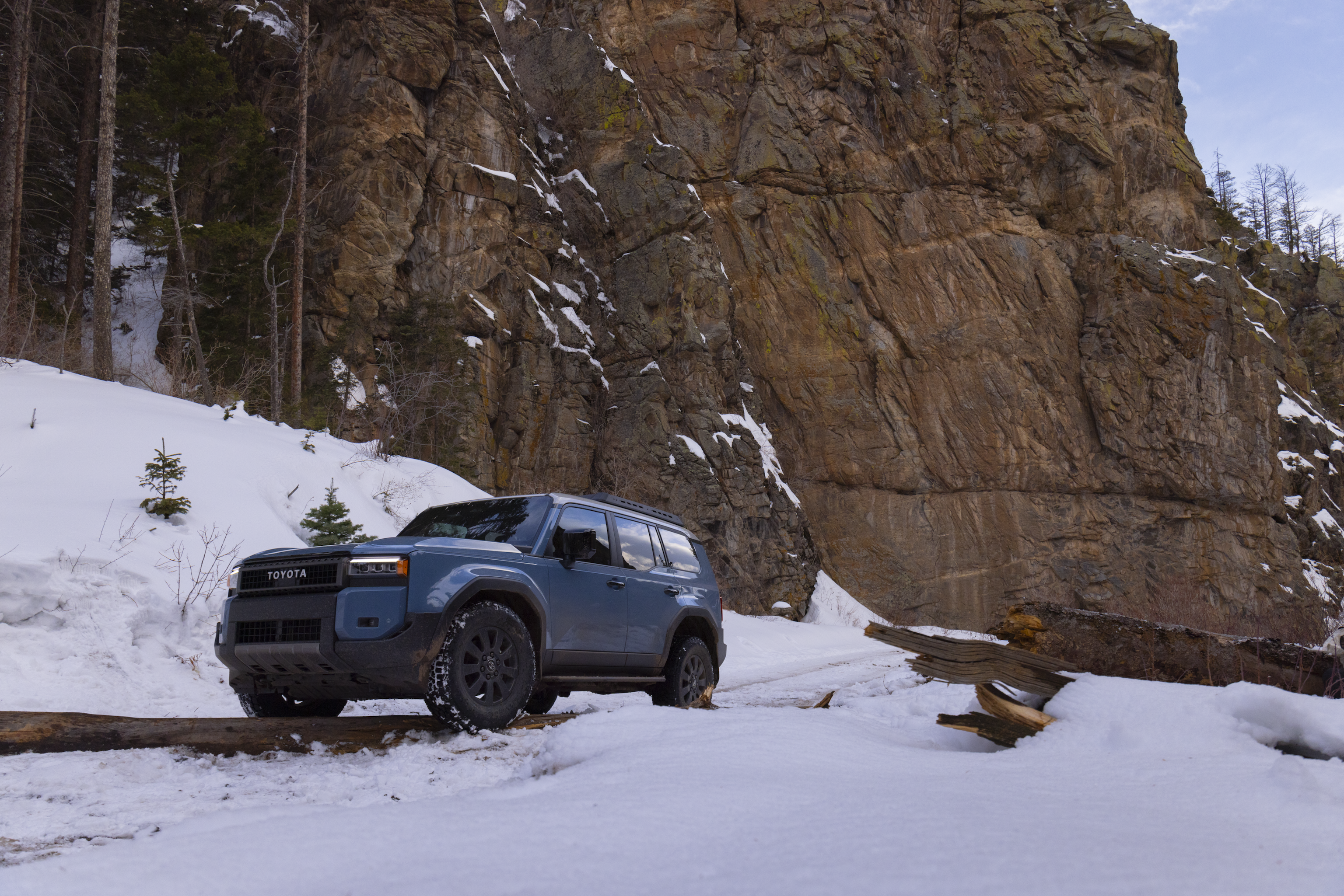

The San Luis Valley encompasses 8,000 square miles spread across six counties bordered by jagged mountains. To the east are the Sangre de Cristo Mountains, named in 1719 by a Spanish explorer. To the west are the San Juans, and to the north are the Saguache Mountains. These mountains surround one of the world’s largest high desert valleys at 8,100 feet. The San Luis Valley hosts nearly a dozen “Fourteeners” (14,000-foot mountain peaks) to climb, including Blanca Peak (14,350 feet), the fourth highest in the state, and Culebra Peak (14,047 feet), the highest in the Culebra Range, making it an ideal location for climbers and other adventure-seekers. The area also boasts numerous small-but-hardy towns, like Alamosa and Del Norte. These towns provide a snapshot of the region’s culture, as well as a window into its past.

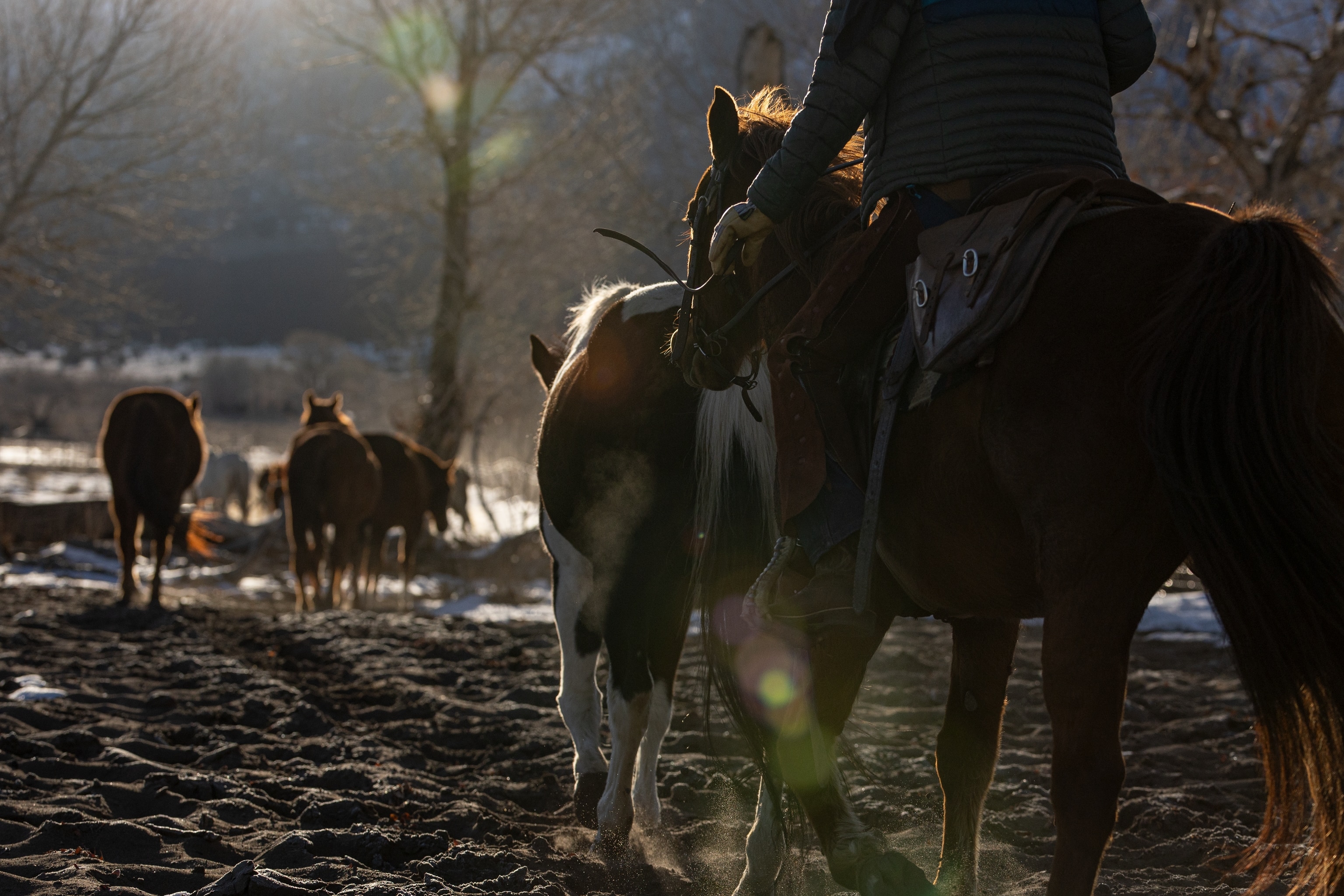

One of the area’s most breathtaking sights is the Great Sand Dunes National Park and Preserve, where the tallest dunes in North America showcase Sahara-like sands between alpine lakes, grasslands, wetlands, and forests. Visitors can hike and "surf" or sled down miles of dunes while carving out their own trails of the 30-square-mile active dunefield. Hidden Dune and Star Dune are tied for the tallest dunes in North America at 741 feet from base to peak. At night, the Milky Way and a plethora of constellations light up this certified International Dark Sky Park.
While the darkness is a draw for stargazers, the sunrises and sunsets in this region offer unique ambient lighting for photographers. At sunset, the Sangre de Cristo Mountains turn the iconic blood-red hue that gives them their name (“Blood of Christ”). But Ladzinski found beautiful lighting in less obvious places on his recent assignment. Trinchera Ranch, where Ladzinski spent several days, protects over 172,000 acres of protected landscape that includes not only extensive wildlife habitat, but opportunities for a range of outdoor activities. Thanks to the ranch’s conservation efforts, the pristine area features rivers, streams, aspen and conifer forests, and a myriad of hidden spots to photograph.

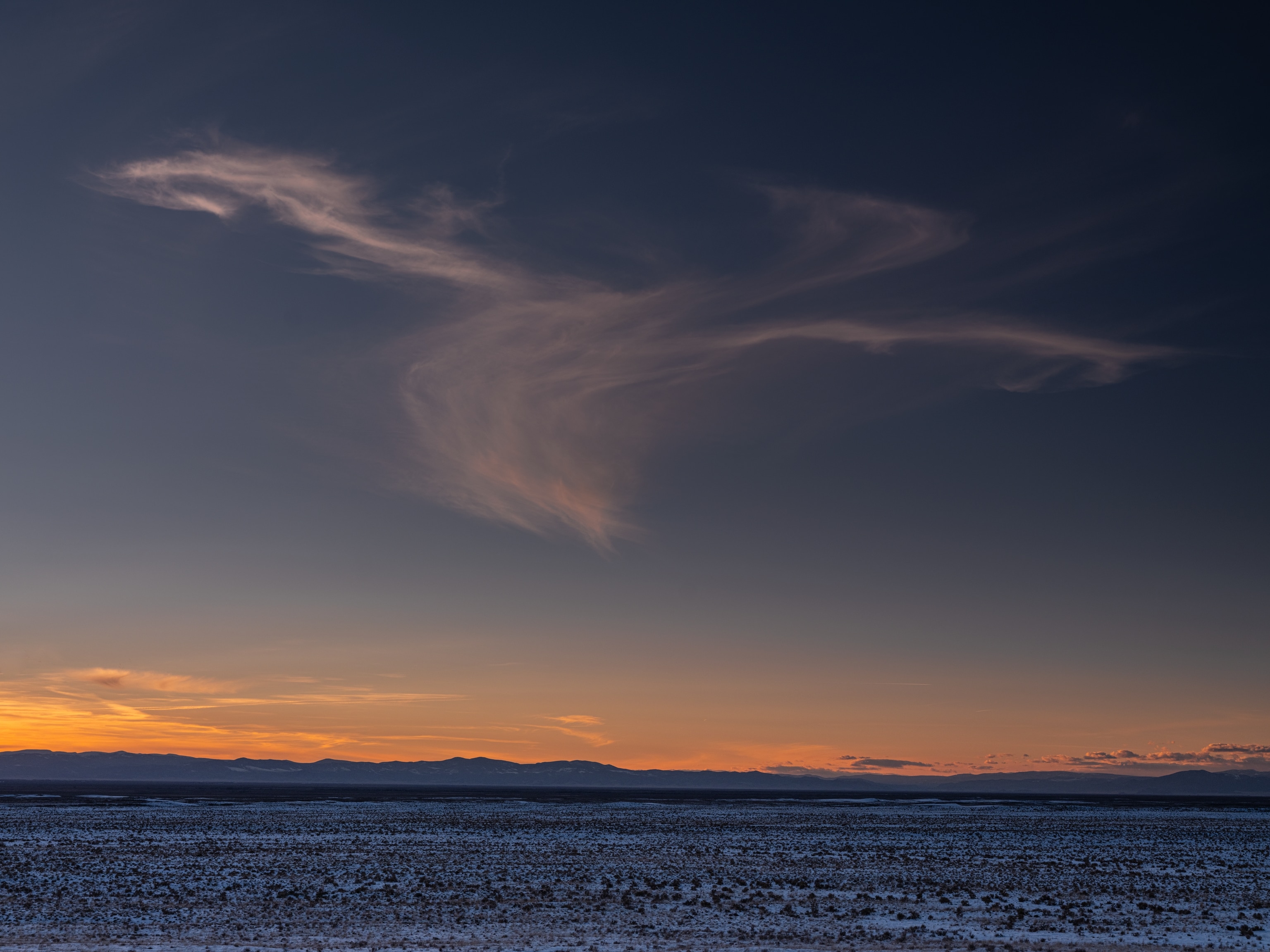
Some of Ladzinski's most memorable moments involved finding perfectly illuminated landscapes. One early morning, he hiked out around Trinchera Ranch to capture a waterfall with a long exposure because he liked its structure and clean cascades.
“As someone who loves to shoot landscapes, a scene like that is so inviting,” he said. “It was right as the sky started to take on a different color. That compositional opportunity allowed me to riff less, look more.”

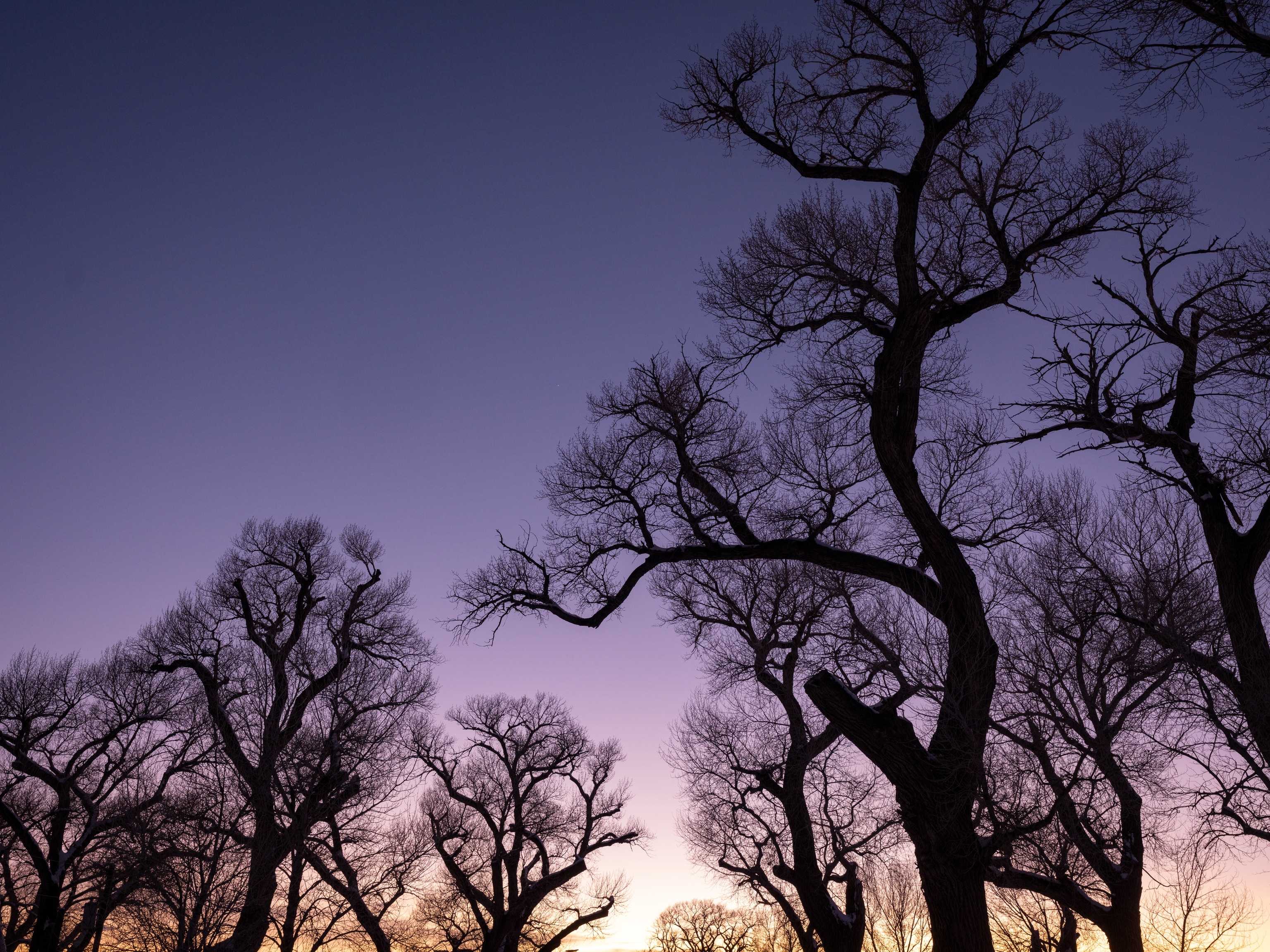
Another photo that demanded to be captured: leafless cottonwood trees at twilight, as the sky transitioned from yellow to purple. Ladzinski spent 20 minutes walking beneath a cottonwood grove admiring the twisting structures of leaves and branches.
“I love photographing trees," he said. "It was quite a special moment to me.”
Beyond the incredible landscapes beckoning adventure, there are also vast regions of preserved land for wildlife. The San Luis Valley National Wildlife Refuge Complex comprises the 12,000-acre Alamosa National Wildlife Refuge, the 15,000-acre Monte Vista National Wildlife Refuge, and the 93,000-acre Baca National Wildlife Refuge, each geographically diverse. Over 20,000 migrating sandhill cranes descend into the San Luis Valley from February to March yearly, then again from September through November. Sandhill cranes are just one of the hundreds of bird species enjoying the various wetlands, riparian corridors, grasslands, and rolling uplands of the San Luis Valley National Wildlife Refuge Complex and the Great Sand Dunes National Park, but thanks to their size and majestic manner, they’re a favorite sight among visitors.
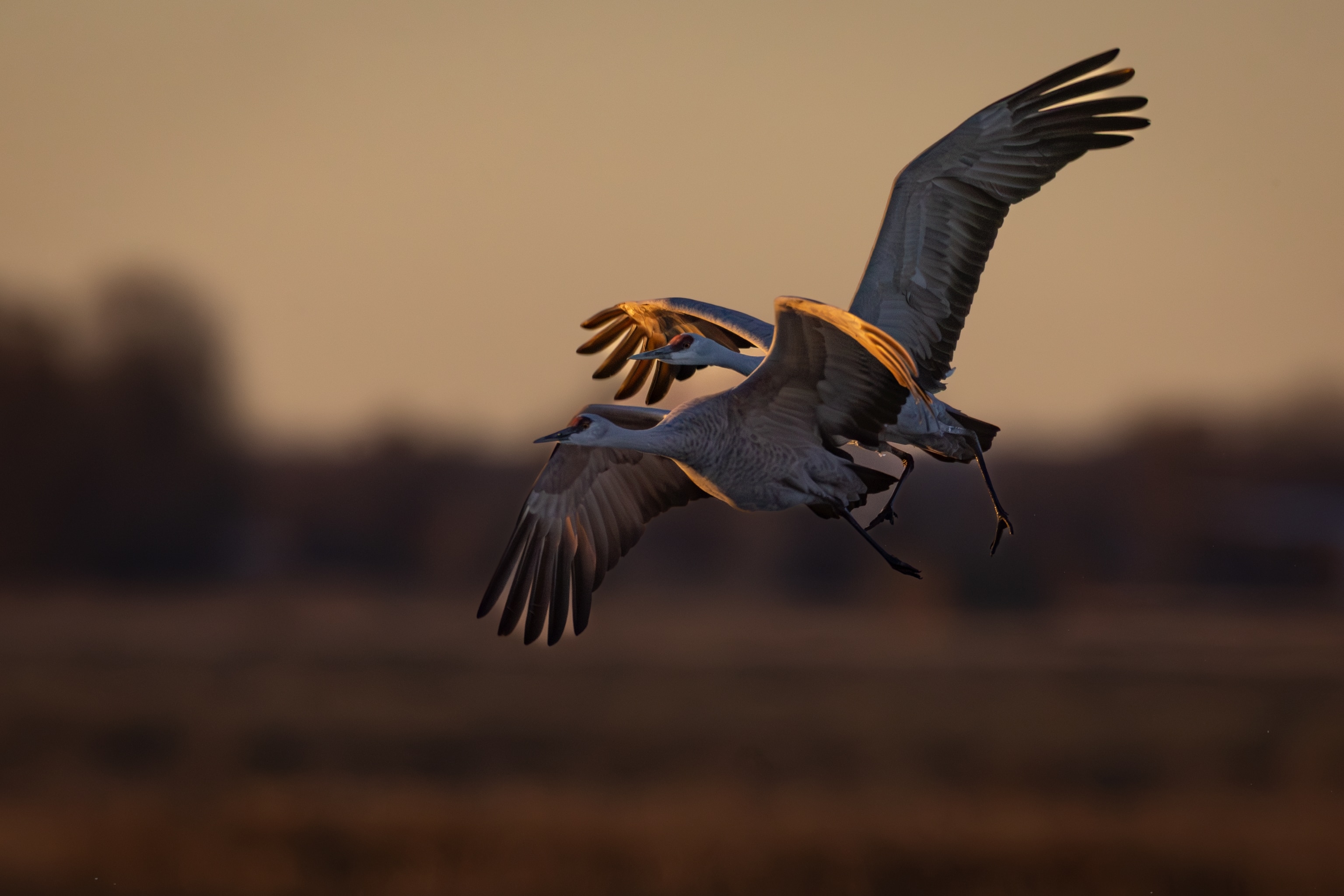
The sandhill crane migration is mostly associated with Nebraska and those areas of the country, but you get a small piece of it that comes through the San Luis Valley. It’s unique in that you’re not looking at prairie and wetland. You’re looking at 14,000-foot mountains with birds coming into tiny wetlands. From that perspective, you get a mash-up of different pieces of Colorado.Keith Ladzinski, National Geographic Photographer
Exploring these impressive landmarks requires a vehicle with grit and the ability to conquer rugged terrain. A vehicle like the all-new 2024 Toyota Land Cruiser is an ideal partner for exploration ahead.
There is no shortage of epic adventures and unique experiences in the San Luis Valley and south-central Colorado. From driving through juniper-wooded forests with alpine vibes and mountain views to exploring pastures and wetlands filled with wildlife, this region just might be the perfect place to reconnect with nature—and yourself.
*Prototype shown with options. Production model may vary. Off-roading is inherently dangerous. Abusive use may result in personal injury or vehicle damage.

